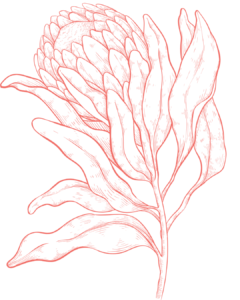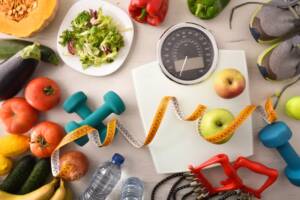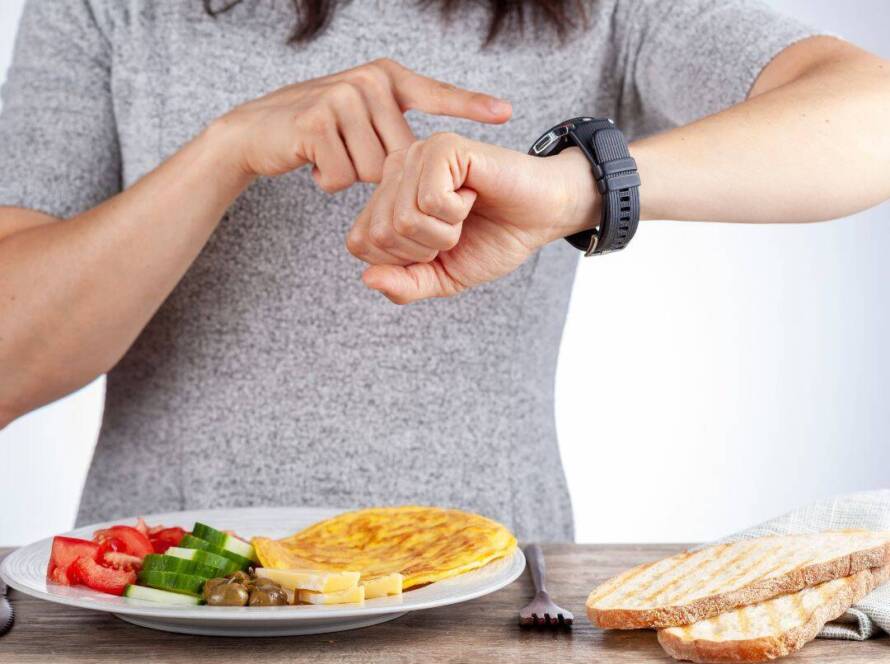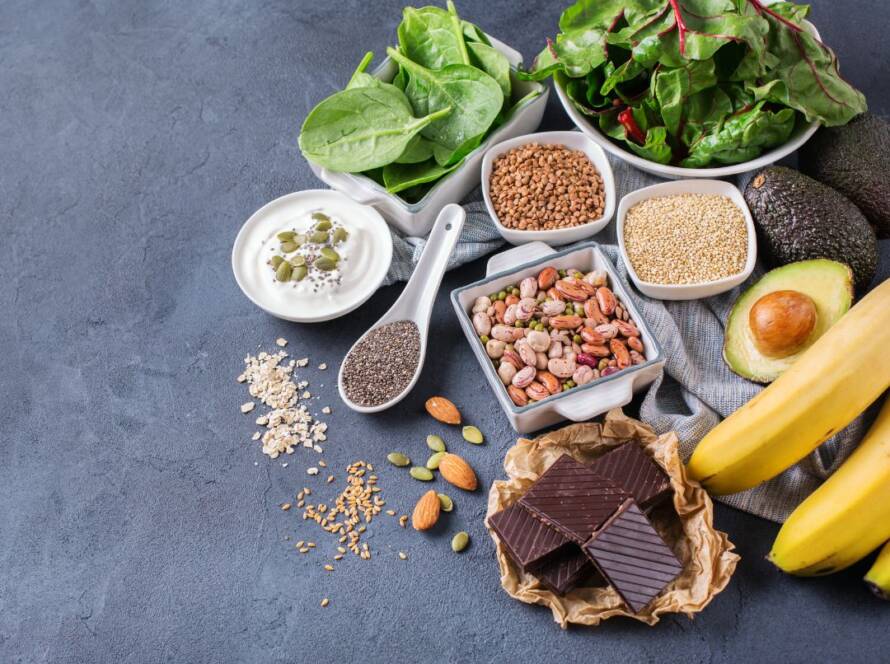
Discover how exercise can improve your health
Exercise has numerous benefits, such as improving well-being, reducing stress, reducing blood sugar, cholesterol, blood pressure, reducing weight and improving sleep. Sometimes it’s difficult to get started and motivate yourself. Book an appointment now to find out what exercise is best suited to you along with a nutritional plan.
Tues: 9 AM – 6 PM *
Thur: 9 AM – 6 PM *
Fri: 9 AM – 6 PM *
*CET - central european time
Small changes can create powerful transformations

The World Health Organization recommends at least 75 minutes of intense exercise or 2.5 – 5 hours of light to medium exercise each week, combined with 2 days of strength training. This equates to 30-60 minutes of moderate exercise over five days or 25 minutes of high-intensity exercise spread across three days. Unfortunately, about one-third of adults and 80% of teenagers fail to meet these guidelines, which heightens their risk of developing cardiovascular diseases, obesity, mental health issues, cancer and diabetes. The following sections will explore different forms of exercise, along with their benefits and drawbacks.
Incidental exercise or non-exercise activity thermogenesis (NEAT)
This is the type of physical activity that is not intentional, such as cleaning, fidgeting, walking up the stairs instead of taking the escalator, walking around the home or office whilst on the phone, alternating between standing and sitting at the office, parking further away from the shop entrance etc. NEAT can contribute anywhere up to 2000 kcal depending on one’s physical activity, for example someone who has a standing job can burn up to 700 kcal extra per day, and someone who has a job entailing more physical activity such as a gardener up to 2000kcal extra, thus NEAT can have a huge impact on health, wellness and overall caloric expenditure. One can increase their NEAT expenditure by investing in a standing desk and getting a pedometer watch and aiming to increase steps taken daily ¹.
High-Intensity Interval Training (HIIT)
This is a form of exercise that alternates between high-intensity exercise at heart rates of 85-90% of maximum heart rate (HRmax) and recovery exercise at 50-60% of HRmax which has received a lot of attention lately because of its ability to stimulate rapid body fat percentage loss, increased muscle mass, growth hormone, decreased visceral abdominal fat, and biochemical markers such as total cholesterol, low-density lipoprotein (LDL) triglycerides, fatty liver markers ² and cuts training time by 40% ³. The downfall of HIIT is that it stimulates stress hormones and is therefore not appropriate for the elderly, cardiac, chronically fatigued or stressed individuals and more moderate types of interval training of 55–75% HRmax can still be implemented to achieve some of the benefits ⁴ or low impact forms of HIIT such as cycling, which have also been found to have more benefits in postmenopausal women, who are more prone to oestrogen-decline related weight gain ⁵.
Cardio
Exercise such as walking, cycling, jogging, rowing etc has been shown to have many potential benefits, such as reducing stress, upregulating insulin receptors, thereby balancing blood glucose in diabetic patients, decreasing blood pressure, weight, stress, improving cardiac health (by reducing LDL cholesterol, clotting factors such as fibrinogen and increasing the good HDL cholesterol) and heart contractility. It can also improve bone density to help reduce the risk of osteoporosis later in life, improve immunity, and counteract the reduced metabolic rate which is triggered in menopause due to oestrogen decline and loss of muscle mass ⁶ ⁷.
Strength training
This form of exercise has numerous benefits, especially in the menopausal and postmenopausal group of people, improving their spinal health, lean mass, strength, metabolism, increasing growth hormone, testosterone and oestrogen, reducing hot flashes, reducing systolic blood pressure, and reducing body fat. Strength training could result in injuries if done incorrectly or if weight training is too heavy, especially for people who have underlying issues such as disc herniations, rotator cuff tears or meniscus injuries of the knee. It is therefore advisable to follow a plan, invest in a personal trainer or follow classes under supervision if you are new to any form of exercise ⁸.
Yoga / Pilates
The main benefits reported were enhanced physical fitness, such as reduced weight, improved strength, core strength, balance, energy, flexibility and coordination, mental health, such as reduced stress, improved sleep, depression and cognitive functions, such as improved memory and concentration. The risk and incidence of injury are relatively low, with patients often reporting muscle aches and strains ⁹ ¹⁰.
In summary, there are many forms of exercise, and not one protocol and form suits everyone. Ideally, one would like to incorporate a combination of cardio, strength training and flexibility training, however, time is often limited in today’s busy world. If you would like more advice on what changes you can implement and how, please click here for a free 15 minute consult or here for an in-depth initial consultation.

Dr. Julia Meyer
Other Services
¹ von Loeffelholz C, Birkenfeld AL. Non-Exercise Activity Thermogenesis in Human Energy Homeostasis. [Updated 2022 Nov 25]. In: Feingold KR, Anawalt B, Blackman MR, et al., editors. Endotext [Internet]. South Dartmouth (MA): MDText.com, Inc.; 2000-. Available from: https://www.ncbi.nlm.nih.gov/books/NBK279077/
² Song X, Cui X, Su W. et al. Comparative effects of high-intensity interval training and moderate-intensity continuous training on weight and metabolic health in college students with obesity. Sci Rep. 2024; 14.
³ Wewege M, van den Berg R, Ward RE, Keech A. The effects of high-intensity interval training vs. moderate-intensity continuous training on body composition in overweight and obese adults: a systematic review and meta-analysis. Obes Rev. 2017; 18(6):635-646.
⁴ Coswig VS, Barbalho M, Raiol R. et al. Effects of high vs moderate-intensity intermittent training on functionality, resting heart rate and blood pressure of elderly women. J Transl Med. 2020; 18(88)
⁵ Dupuit M, Maillard F, Pereira B et al. Effect of high intensity interval training on body composition in women before and after menopause: a meta-analysis. Exp Physiol. 2020; 105(9):1470-1490.
⁶ Zhang J, Chen G, Lu W et al. Effects of physical exercise on health-related quality of life and blood lipids in perimenopausal women: a randomized placebo-controlled trial. Menopause. 2014; 21(12):1269-76.
⁷ Patel PN, Horenstein MS, Zwibel H. Exercise Physiology. [Updated 2024 Oct 6]. In: StatPearls [Internet]. Treasure Island (FL): StatPearls Publishing; 2024 Jan-. Available from: https://www.ncbi.nlm.nih.gov/books/NBK482280/
⁸ Capel-Alcaraz AM, García-López H, Castro-Sánchez AM et al. The efficacy of strength exercises for reducing the symptoms of menopause: a systematic review. J Clin Med. 2023; 12(2):548.
⁹ Telles S, Sharma SK, Chetry D et al. Benefits and adverse effects associated with yoga practice: A cross-sectional survey from India. Complement Ther Med. 2021; 57.
¹⁰Tolnai N, Szabó Z, Köteles F et al. Physical and psychological benefits of once-a-week Pilates exercises in young sedentary women: A 10-week longitudinal study. Physiol Behav. 2016; 163:211-218.
Packages
- Free Discovery Call
- Initial Consult
- Follow Up Consult
- Silver Package
- Gold Package
- Platinum Package
What clients say
This was absolutely great, an online consultation done very professionally and did not feel pressured or awkward at all. Dr Julia Meyer makes you feel comfortable and relaxed. Secondly her advice and feedback was fantastic, I am seeing results and feel great again. Would definitely recommend you give her a try.
Delia G.
“I can’t say enough good things about Julia. She really helped me get a handle on my Hashimoto’s and with some proper troubleshooting, helped me discover the severity of my tomato allergy, which was something I hardly considered. She’s incredibly knowledgeable, but what really stood out was how kind and patient she was throughout the whole process. It didn’t feel overwhelming because she made everything so approachable and tailored it to me. Honestly, I feel so much better, and I’m so glad I found her. If you need someone who genuinely cares and knows their stuff, she’s the one.”
Emma-Jade M.
“Since I started working with Julia, I’ve noticed significant positive changes in my overall well-being. The addition of organic black maca powder to my morning smoothie, which Julia thoughtfully crafted to suit my nutritional needs, has left me feeling more energized and ready to take on the day. Additionally, incorporating seed cycling into my daily routine has brought welcome improvements, especially in helping to normalize my previously erratic menstrual cycle. I’m truly pleased with the results and grateful for Julia’s personalized and holistic approach to nutrition.”
Felicity B.
“I had been struggling with autoimmune-related skin and joint issues, along with constant low energy, for quite some time. That is when I discovered Julia, a nutritionist who guided me toward the right lifestyle changes. Her practical suggestions were easy to incorporate into my daily routine—simple adjustments that have made a huge difference. She also provided excellent tips on exercise and movement, complementing her holistic approach. I have already started to feel better, and I’m excited to continue working with her. I can’t recommend Julia enough!”








